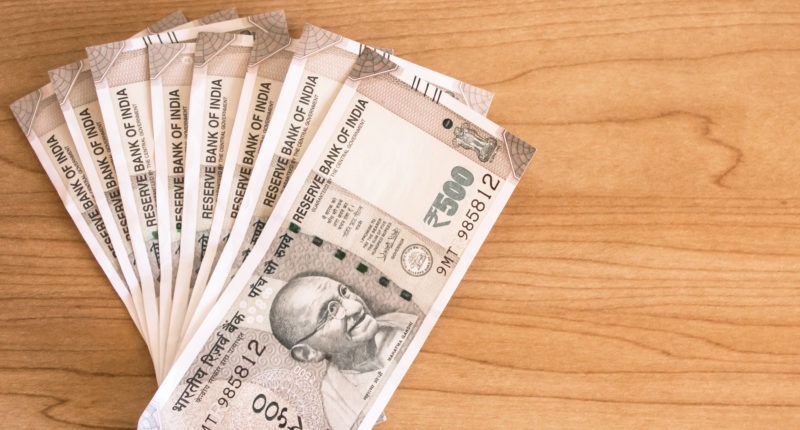There has been a constant increase in the Non-Performing Assets (NPA) of Mudra loans in the past 18 months. The inability to repay the loans due to the pandemic is the cause of this increase. The increase is three times from last year. The data of separate states reflect the increase.
There is an increase in the NPA of Mudra loans of PSUs, from 26% to 32% in Maharashtra, from 2020 to 2021. State Bank of India’s (SBI) NPAs through Mudra loans is 59% at the end of June 2021. Punjab National Bank’s NPA is at 44%, Indian Bank at 33%, followed by Bank of Maharashtra at 31% at the end of June 2021.
The gross NPA of Canara Bank was a staggering 1,14.35% as of June 2021 in Jharkhand. The NPA is Rs.1,83.63 crore, while the outstanding loans are Rs.1,60.58 crore. Indian Bank’s NPA is at 36.20%, Punjab National Bank’s NPA at 28.69%, followed by SBI at 19.88% at the end of June 2021
These trends are consistent with the data in other states like Chhattisgarh, Uttar Pradesh, and Gujarat. There is an increase in collateral based Mudra loans, which are generally the best performing loans.
Pradhan Mantri Mudra Yojana was launched in 2015, providing loans up to Rs.10 lakh to non-corporate, non-farm small or micro-enterprises. Commercial banks, microfinance institutions, small finance banks, Regional Rural Banks (RRBs) and non-banking financial companies give out Mudra loans. ‘Shishu’, ‘Kishore’ and ‘Tarun’ are the three products under this scheme.
For any clarifications/feedback on the topic, please contact the writer at jyotsna.singh@cleartax.in
I am a Content Writer at Clear. Apart from writing, I enjoy reading, listening to music and exploring different ideas and crafts.





